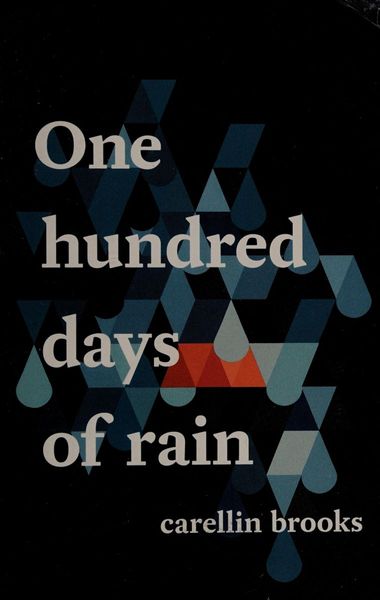
One Hundred Days of Rain
Did she say, at the beginning, that it rained every day? She was wrong. She misspoke. She didn't mean it.... No. It did not rain every day. But it rained for a hundred days, that year, which was enough--more than enough, even. In prose by turn haunting and crystalline, Carellin Brooks' One Hundred Days of Rain enumerates an unnamed narrator's encounters with that most quotidian of subjects: rain. Mourning her recent disastrous breakup, the narrator must rebuild a life from the bottom up. As she wakes each day to encounter Vancouver's sky and city streets, the narrator notices that the rain, so apparently unchanging, is in fact kaleidoscopic. Her melancholic mood alike undergoes subtle variations that sometimes echo, sometimes contrast with her surroundings. Caught between the two poles of weather and mood, the narrator is not alone: whether riding the bus with her small child, searching for an apartment to rent, or merely calculating out the cost of meager lunches, the world forever intrudes, as both a comfort and a torment. In elliptical prose reminiscent of Elizabeth Smart's beloved novel By Grand Central Station I Sat Down and Wept, One Hundred Days of Rain exposes the inner-workings of a life that has come apart. Readers will engage with Brooks' poetic and playful constraint that unfolds chapter by chapter, where the narrator's compulsive cataloguing of rain's vicissitudes forms a kind of quiet meditation: an acknowledgement of the ongoing weight of sadness, the texture of it, and its composition--not only emotional weight, but also the weight of all the stupid little things a person deals with when they're rebuilding a life.
Reviews
Selin@slnnn